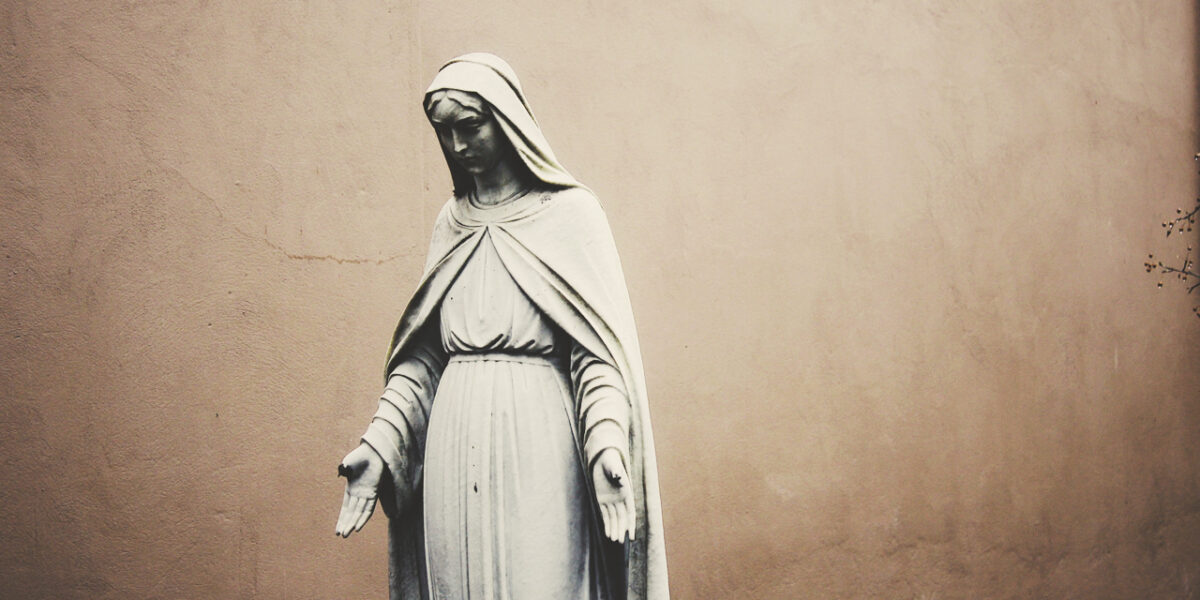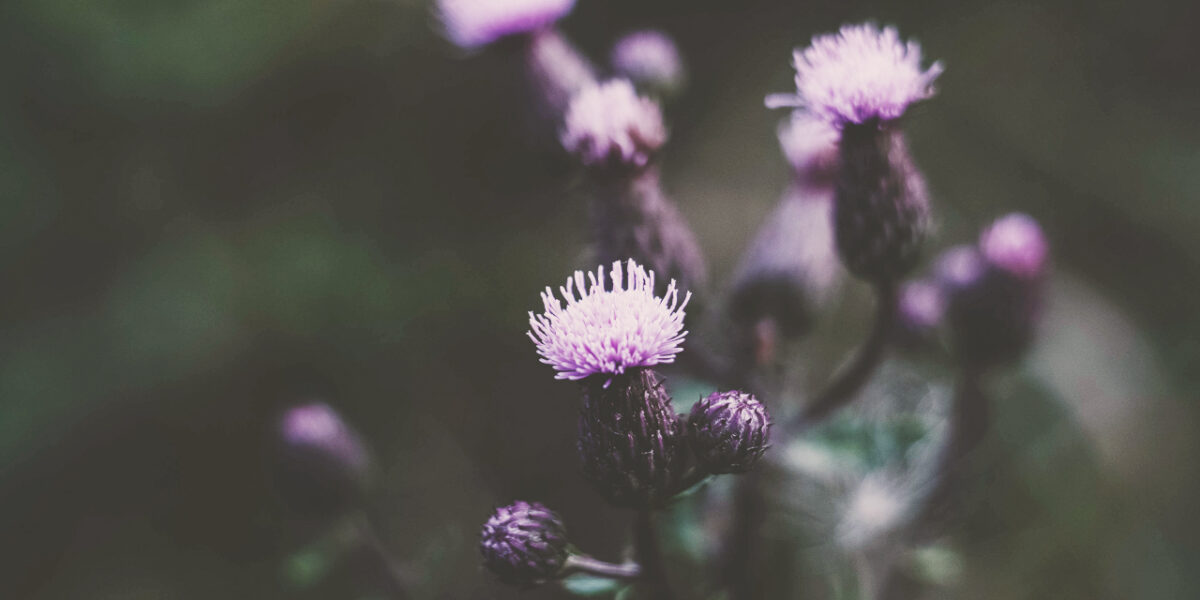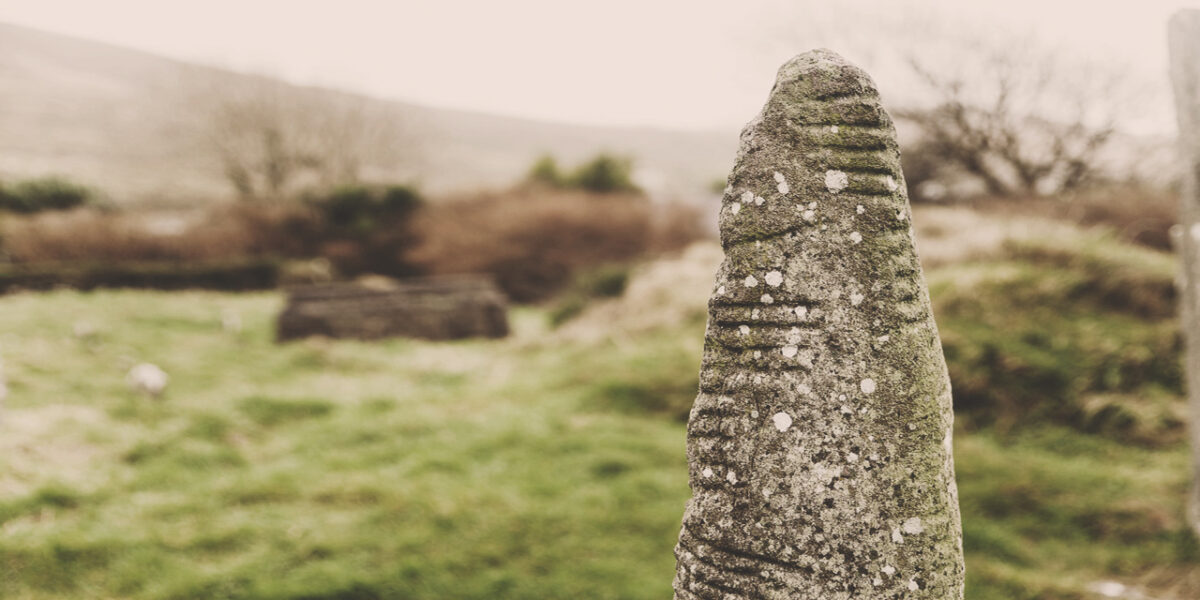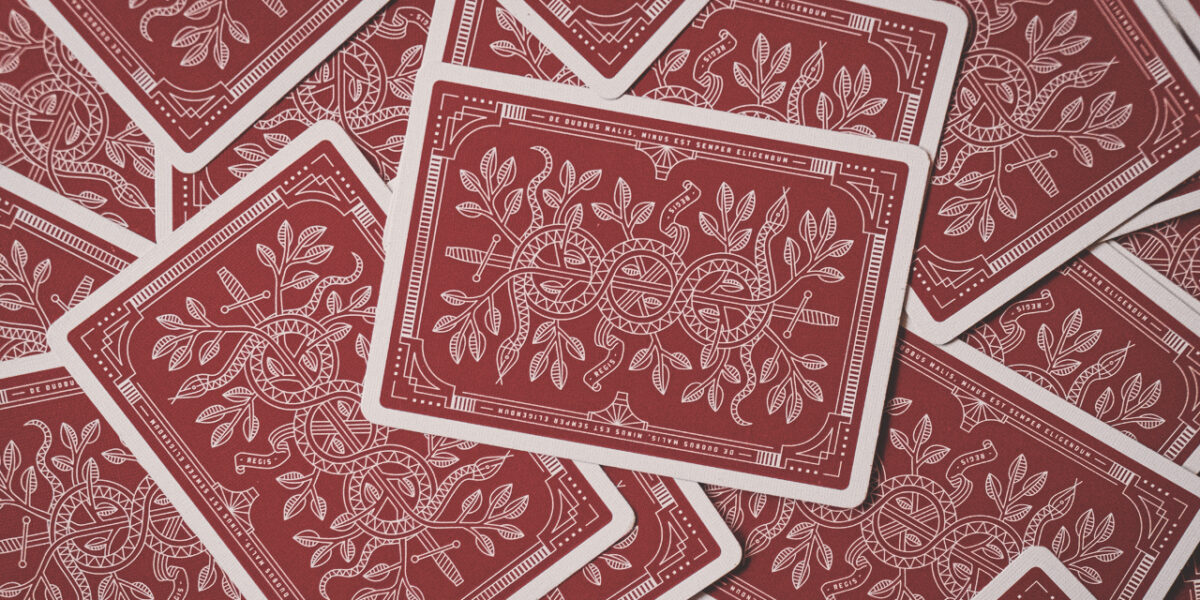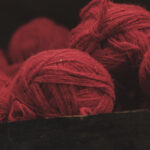Reading Time: 3 minutesOgham (OH-am) is an ancient Celtic alphabet made up of twenty unique symbols. It was mainly used to write in the archaic and early Irish languages, but inscriptions have also been found in old Welsh, Pictish, and Latin. There are nearly four hundred surviving Ogham inscriptions on stones found around the British Isles, dating to between the 4th and 9th centuries. These inscriptions were almost exclusively people’s names, and the stones they were inscribed on were mainly used as territory markers and memorials.
Each letter in the Ogham alphabet is composed of a vertical line, crossed or met by short perpendicular or angled strokes. This straight-lined form allows the letters to be easily carved into a stone surface, with the edge of the object being carved usually forming the central stroke. The first letter is always carved at the base of the line and the inscription read from the bottom up.
Whilst the word Ogham refers to the form of the script itself, the collection of twenty symbols, or letters, are known collectively as the Beith-Luis-Nuin, and are often referred to as the Celtic Tree Alphabet since each of its letters corresponds to the name of a tree or shrub.
| SYMBOL |
LETTER |
LETTER NAME |
PRONUNCIATION |
TREE |
 |
B |
Beith |
(BEH) |
Birch |
 |
L |
Luis |
(leh-WEESH) |
Rowan |
 |
F |
Fearn |
(FAIR-n) |
Alder |
 |
S |
Saille |
(SAL-yuh) |
Willow |
 |
N |
Nuin |
(NEE-un) |
Ash |
 |
H |
Uath |
(HOO-ah) |
Hawthorn |
 |
D |
Dair |
(DAW-r) |
Oak |
 |
T |
Tinne |
(CHIN-yuh) |
Holly |
 |
C |
Coll |
(CULL) |
Hazel |
 |
Q |
Ceirt |
(kah-WAIRT) |
Apple |
 |
M |
Muin |
(MUN) |
Blackberry |
 |
G |
Gort |
(GORT) |
Ivy |
 |
Ng |
Gétal |
(GWEH-del) |
Reed |
 |
Z |
Straif |
(STRAF) |
Blackthorn |
 |
R |
Ruis |
(ruh-WEESH) |
Elder |
 |
A |
Ailm |
(ALM) |
Pine |
 |
O |
Oir/Onn |
(UNN) |
Gorse |
 |
U |
Úr |
(OO-rah) |
Heather |
 |
E |
Edad |
(EH-yoh) |
Aspen |
 |
I |
Idad |
(EE-yoh) |
Yew |
